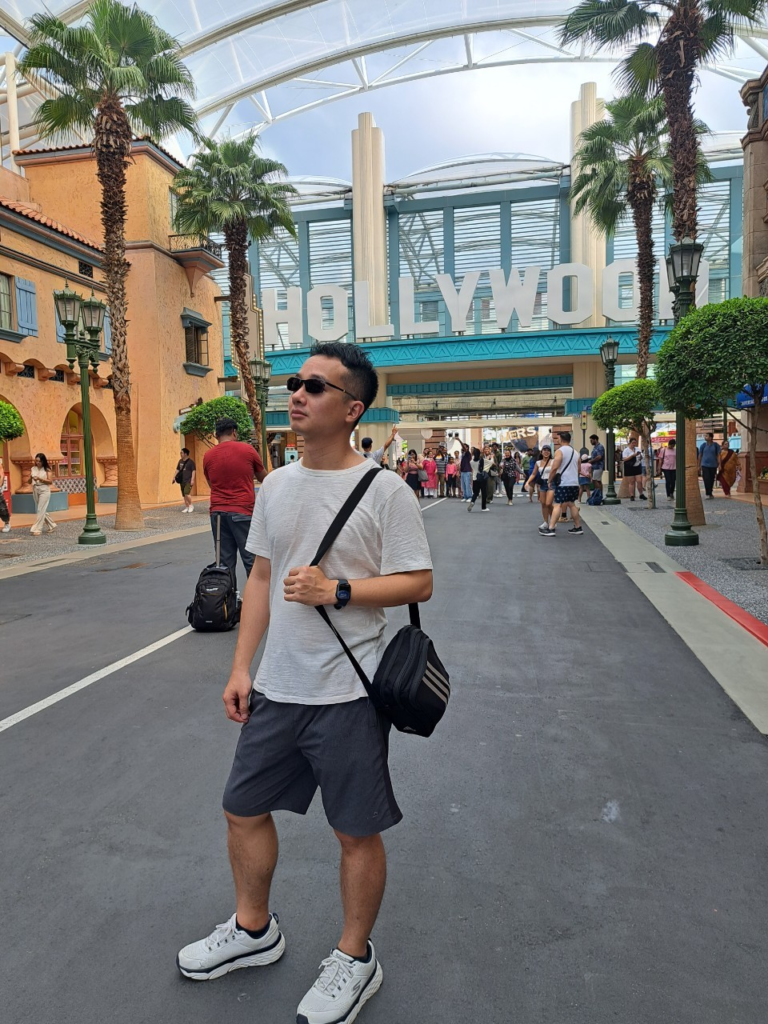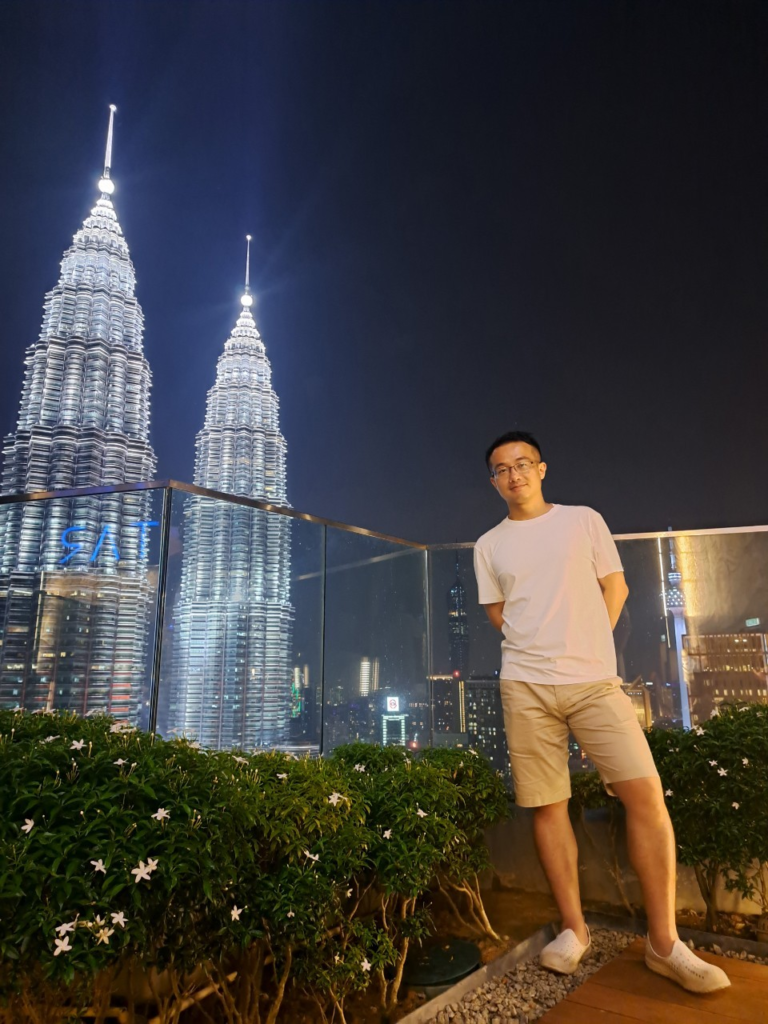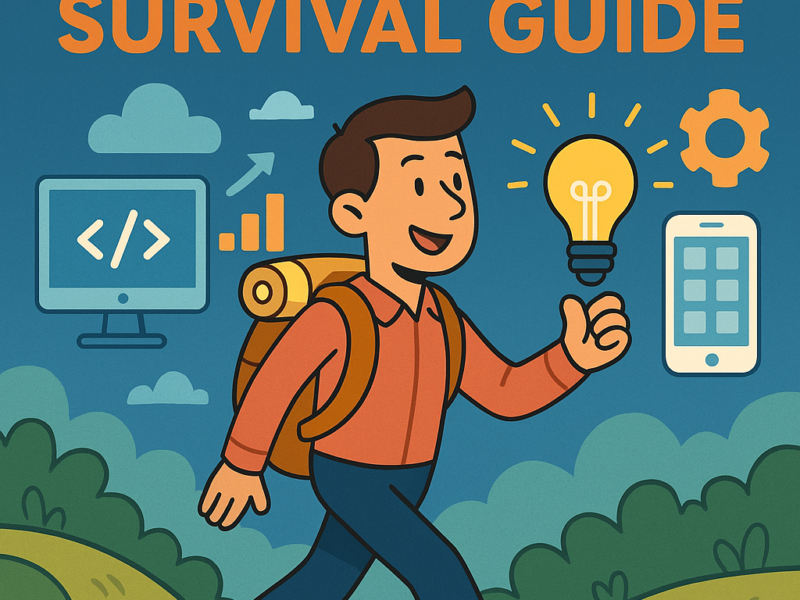From 20 April to 27 April, together with my family, I spent 8 days traveling to Singapore and Malaysia. Both countries are quite multi-cultural including three groups of people: Indian, Chinese, and Malay. There is so much to learn on this trip. Let me separately describe what I learned and observed from two countries.
Singapore
Singapore is a modern city where urban greening and transportation are well-designed. While talking to the Grab drivers in Singapore, we learned that the government here has strict regulations on the use of vehicles on roads and buildings in the city. Vehicles older than 10 years barely appear on roads and buying a car could cost double or triple compared to other countries. I think this policy helps control the traffic jams and safety in the city. About houses, if I remember correctly, the government reconstructs old buildings whose ages are more than 40 years. Of course, there is compensation for the house owners whose houses are rebuilt. From my point of view, This policy reshapes the landscape of the country into a more modern one, controls the supply and demand of houses, and benefits the industry of real estate.
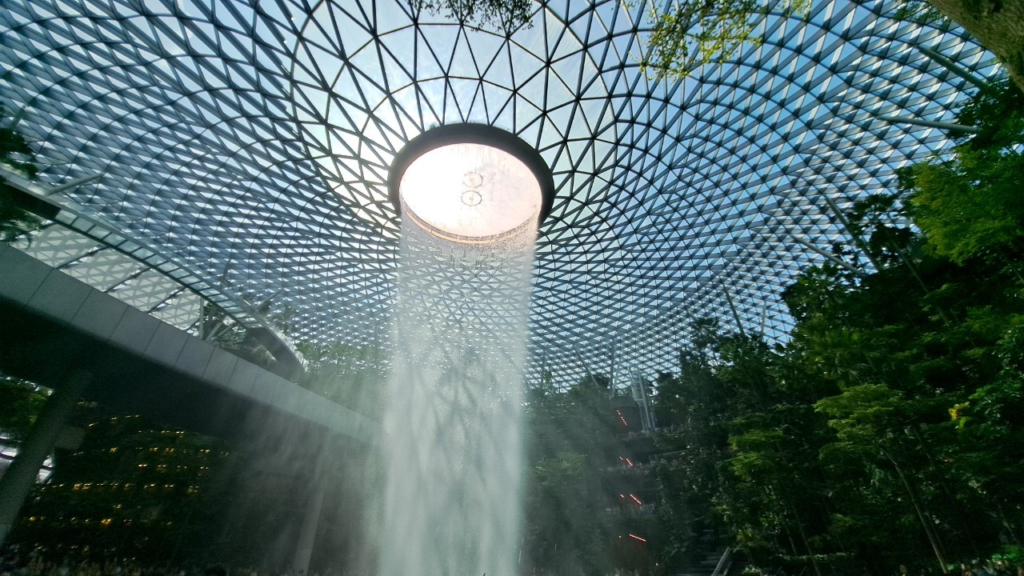
Another interesting finding is that the escalator at the MRT station is much faster than in Taipei City. More or less, it gives me an impression of the quicker tempo atmosphere in the country. The weather in the city is quite hot outside no matter where we go. Overall, it is a very accessible country wherever we want to go and has everything we need from shopping malls, and theme parks to green areas.
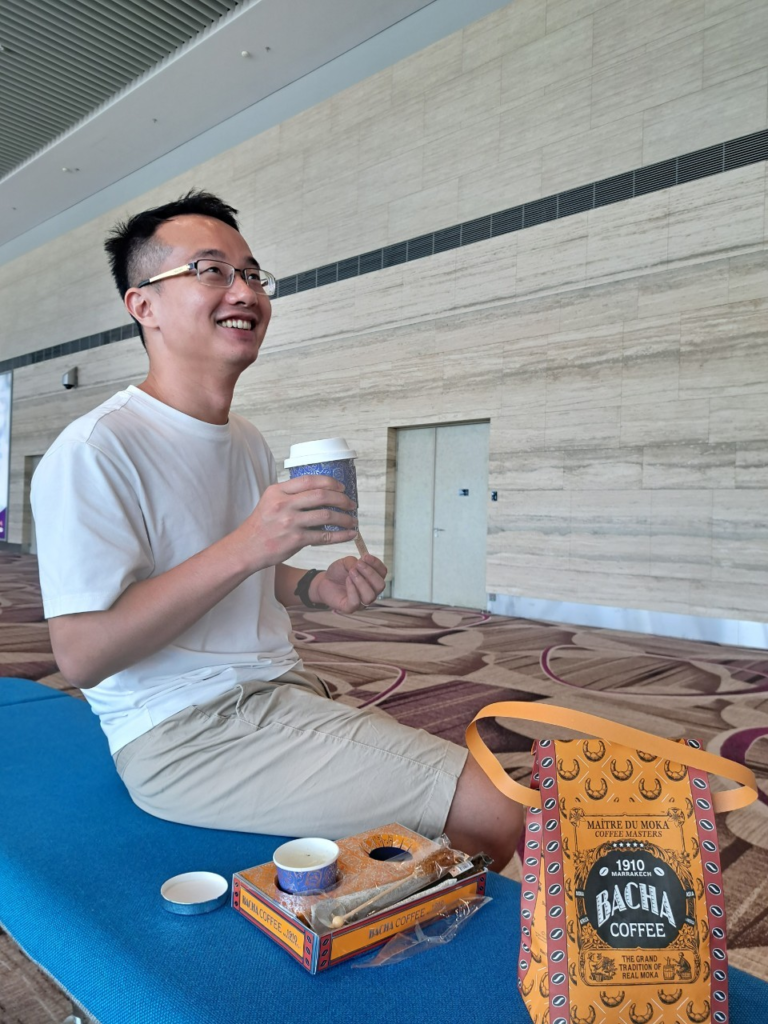
Bacha Coffee Set in Singapore
Malaysia
On our way to different places in Malaysia, it is so common to see lots of palm oil trees making you feel that most of the land in the country is covered by this tree. The food in Malaysia, from what I have experienced, has no big difference from Singapore, but indeed, gets a heavier flavor and is spicier. We met a local couple while we stayed in Port Dickson, and they bought us satay and laksa saying these are quite popular and delicious in Malaysia, which is true after we tasted it.
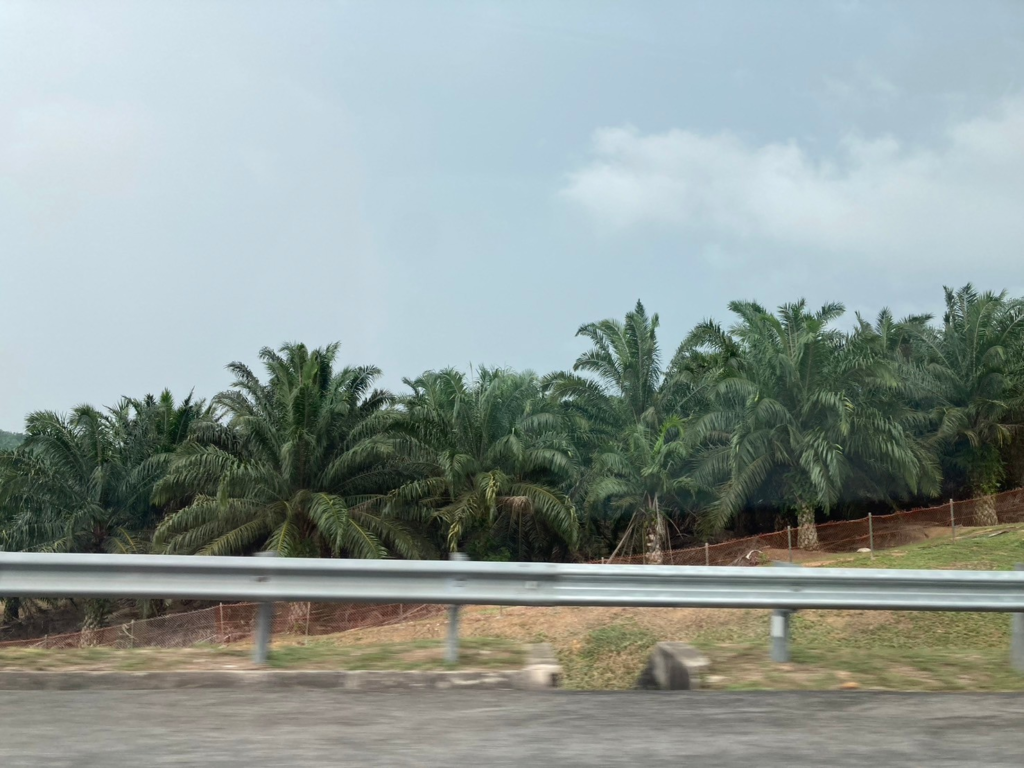
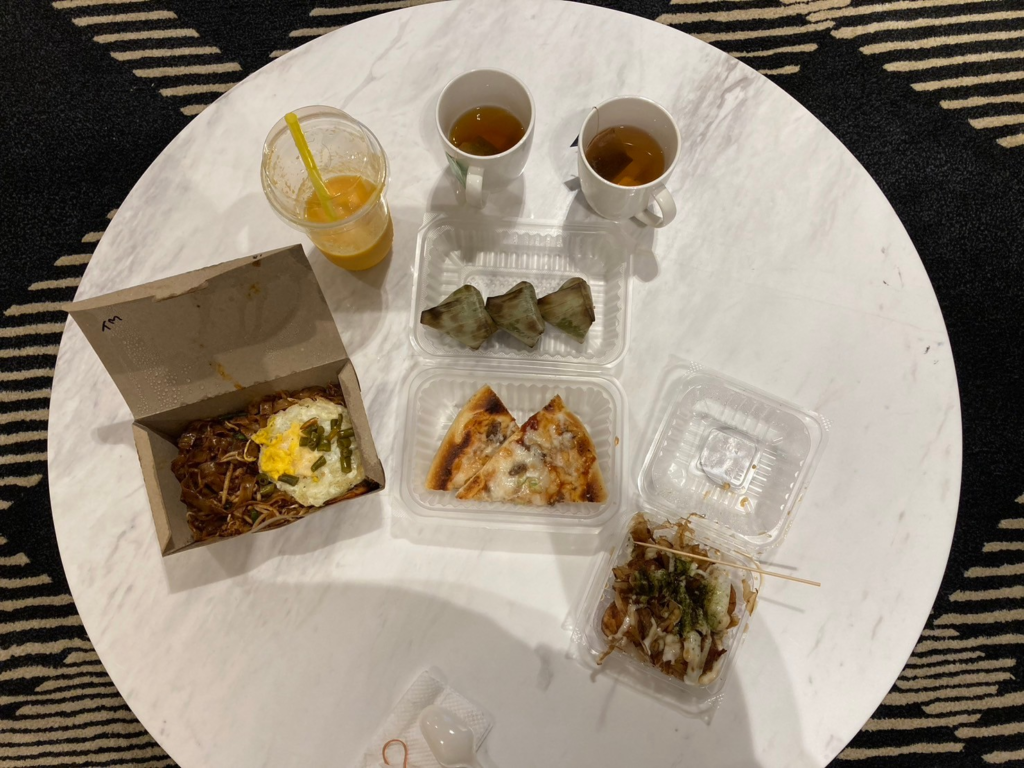
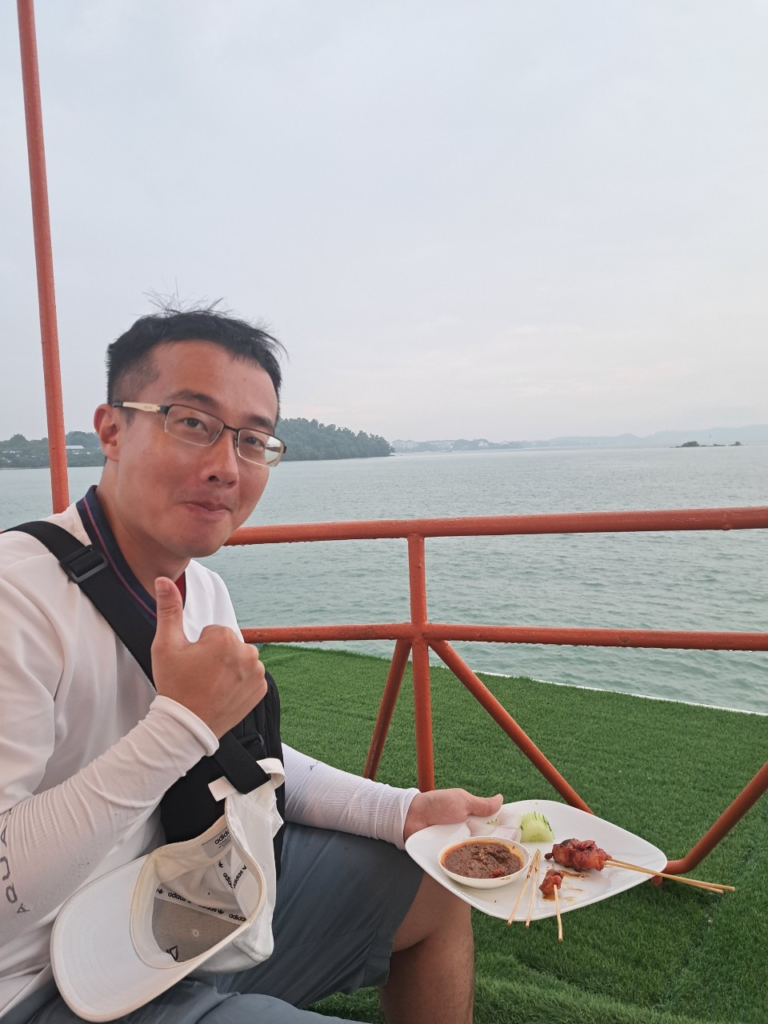
Another observation is the drivers here are not used to using the turn signal most of the time. They check the side mirror and swiftly move to the next driving lane. There have been almost no natural disasters in Malaysia throughout the whole year. Floods happen but are not a big deal for the local people. One of the locals mentioned this and told us this makes people in Malaysia less sensitive to the planning of the precaution mechanisms like data collection of the wave status on the seashore.
There are more Malay in Malaysia and since they are Muslim, it is more common to see mosques here in Malaysia from the city to the countryside. Due to religious differences, some states in Malaysia have different working days. The weekends are on Friday and Saturday for Muslims.
I also asked a Grab driver what dream jobs are in Malaysia. He told me that being a doctor, a lawyer, and a real estate agent are jobs people want to get because of money. Doctors and lawyers are popular jobs all over the world, I think.
Key Takeaway
Lots of learning on this trip. There is huge business potential in both Singapore and Malaysia since the former has a well-designed system to follow and the latter has many more waiting to develop. As mentioned, people here have diversified backgrounds, those who can tell the difference and capture the details gain more advantages to win.
